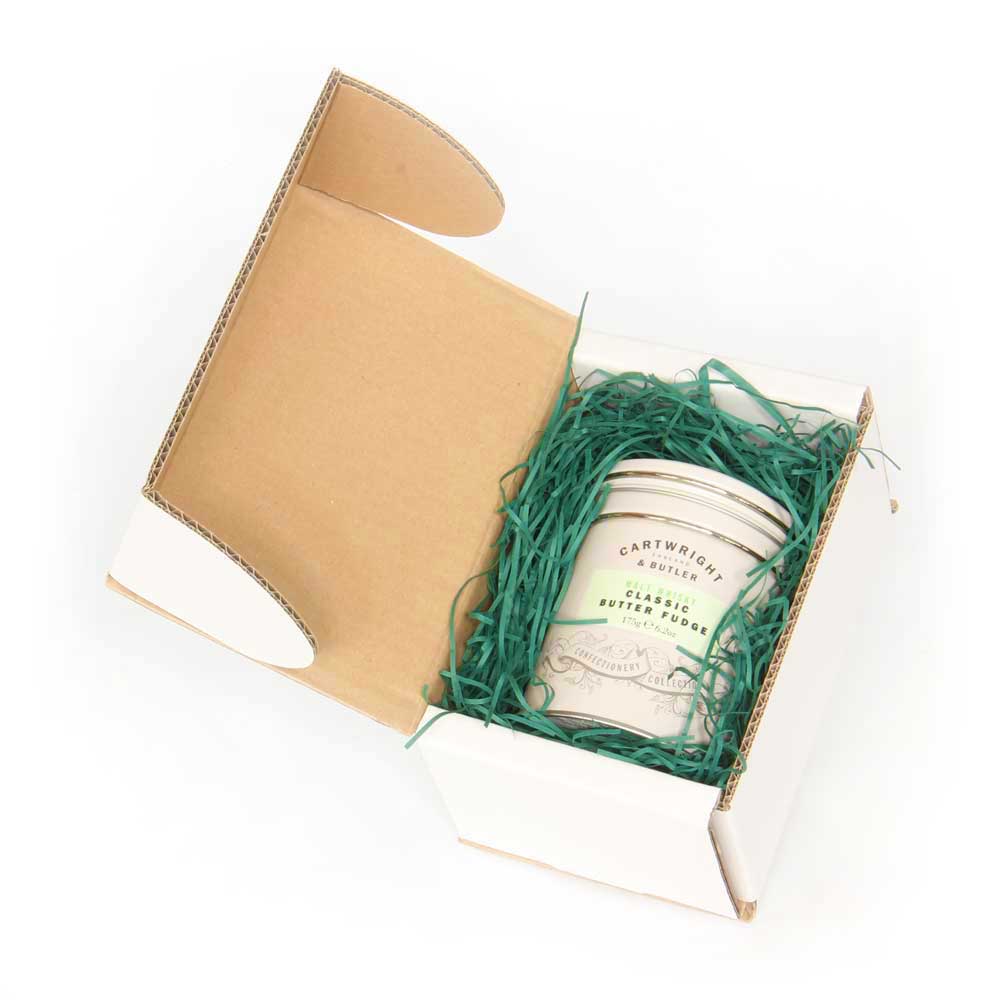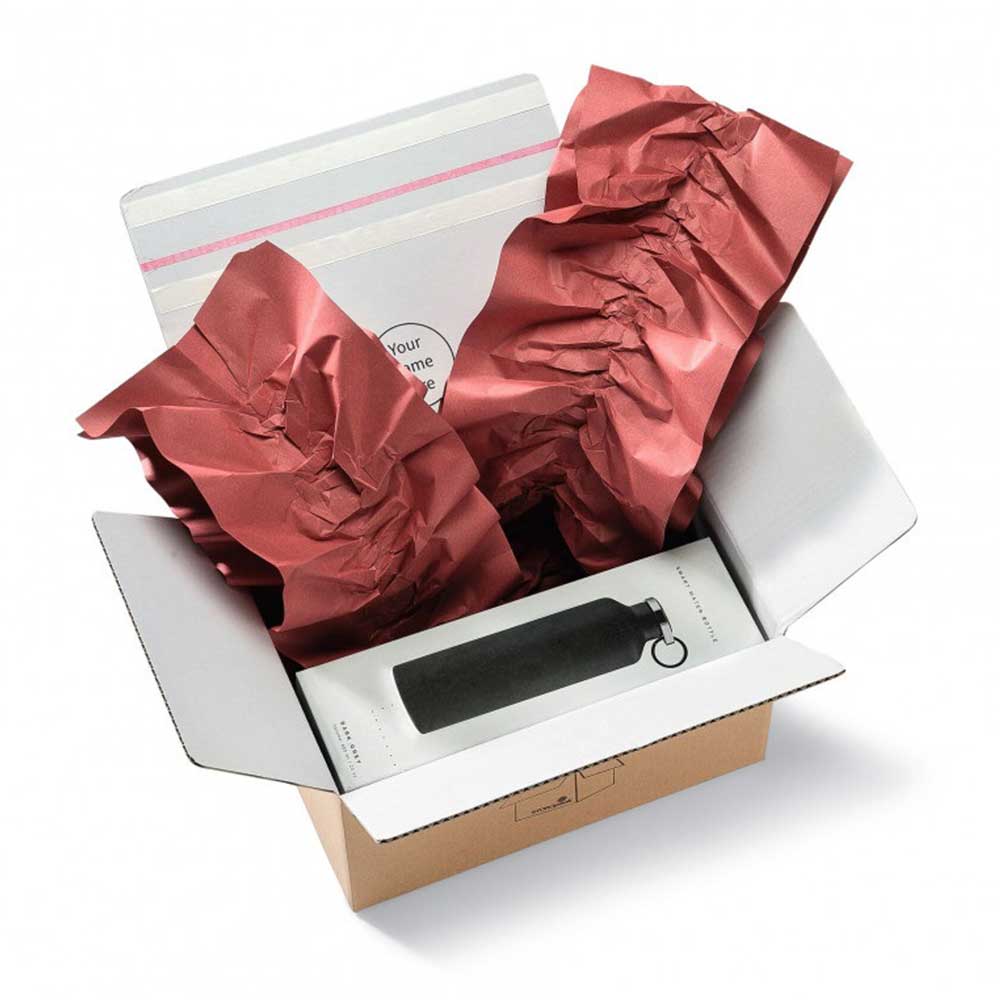 Your Comprehensive Guide to Choosing the Correct Type of Void Fill
Your Comprehensive Guide to Choosing the Correct Type of Void Fill
In the world of packaging and shipping, ensuring the safe arrival of products to their intended destinations is of utmost importance. One of the key elements in achieving this goal is selecting the appropriate void fill material. Void fill serves the crucial purpose of protecting goods by filling empty spaces within shipping boxes and cushioning items against potential impacts and vibrations during transit.
However, with a wide array of void fill options available in today's market, choosing the right material can be a daunting task for businesses and individuals alike. From air pillows and foam packaging to packing peanuts and kraft paper, each type of void fill possesses unique characteristics that can significantly impact the level of protection it offers.
This comprehensive guide is designed to assist you in making informed decisions when selecting the correct type of void fill for your specific packaging needs. Whether you're shipping delicate electronics, fragile glassware, or bulky industrial equipment, the knowledge gained from this guide will empower you to optimize your packaging process, reduce the risk of product damage, and enhance customer satisfaction.
Throughout this guide, we will explore the various types of void fill materials available, discussing their advantages and limitations. We will delve into the essential factors that influence the choice of void fill, such as product characteristics, shipping methods, environmental considerations, and cost implications. Additionally, we will examine the importance of appropriate packaging equipment and tools to ensure efficient void fill application.
By sharing best practices and real-life case studies, we aim to provide you with practical insights into the successful implementation of void fill strategies across diverse industries. Furthermore, we have included a section dedicated to frequently asked questions, addressing common concerns and uncertainties regarding void fill selection and usage.
Ultimately, the goal of this guide is to empower you with the knowledge and understanding required to make well-informed decisions that strike the perfect balance between product protection, sustainability, and cost efficiency. As you embark on this journey to find the ideal void fill solution for your packaging needs, we encourage you to explore the world of void fill materials, equip yourself with valuable insights, and elevate the safety and security of your shipments.
Let us embark on this voyage together, discovering the art and science of selecting the correct type of void fill to safeguard your precious cargo and pave the way for seamless shipping experiences. Welcome to the Guide to Choosing the Correct Type of Void Fill!
Understanding the Impact of Void Fill on Packaging
The impact of void fill on packaging is profound and far-reaching, influencing various aspects of the shipping and handling process. Properly selected and applied void fill materials play a crucial role in ensuring the safety, efficiency, and cost-effectiveness of packaging. Understanding this impact is essential for businesses and individuals alike to make informed decisions when selecting the most suitable void fill for their specific needs.
Product Protection: The primary impact of void fill on packaging lies in its ability to protect the contents of a package during transit. Void fill materials, such as bubble wrap, foam, air pillows, or packing peanuts, create a cushioning layer that absorbs shocks and vibrations, preventing items from moving and colliding within the box. This protection is especially crucial for fragile, delicate, or valuable items, safeguarding them from potential damage and reducing the risk of costly returns or replacements.
Box Stability and Integrity: Void fill materials not only protect the products but also help maintain the structural integrity of the shipping box itself. When empty spaces within the box are adequately filled, the package becomes more stable, reducing the chances of it collapsing or getting crushed during handling and stacking in transit. A properly packed box can withstand external pressures, ensuring the contents remain intact.
Shipping Cost Efficiency: Void fill plays a role in optimizing shipping costs by preventing excess space within packages. Properly filled packages reduce dimensional weight, allowing businesses to ship products more economically. Carriers often calculate shipping charges based on both weight and package size; therefore, reducing void space can result in significant cost savings over time, especially for businesses that ship large volumes.
Eco-Friendly Packaging Practices: The choice of void fill materials can have a substantial impact on a company's environmental footprint. Opting for eco-friendly, sustainable, and recyclable void fill options aligns with growing consumer demands for greener packaging practices. By reducing the use of non-biodegradable materials, businesses can demonstrate their commitment to environmental responsibility and contribute to a healthier planet.
Packaging Efficiency and Space Optimization: Effective void fill selection can improve packaging efficiency by minimizing the amount of material required to fill voids within a box. This optimization leads to reduced waste and lower packaging costs. Moreover, efficient void fill usage allows businesses to fit more items into shipping boxes, enhancing the use of storage space and potentially reducing the number of packages needed for shipping.
Customer Experience and Brand Image: The impact of proper void fill on packaging extends to the customer experience. Well-packed items arrive in excellent condition, leaving customers satisfied with their purchase and overall shopping experience. On the contrary, poorly protected packages can lead to disappointment and negative perceptions of the brand. Consistently delivering products in pristine condition helps build trust and loyalty among customers, enhancing the company's brand image.
Compliance and Shipping Regulations: Void fill is often essential for meeting shipping carrier regulations and packaging standards. Some carriers have specific guidelines on void fill materials and their usage, especially for hazardous or fragile items. Adhering to these guidelines ensures seamless transportation, reduces the risk of rejected shipments, and avoids potential penalties or delays.
The impact of void fill on packaging is multi-faceted and touches on various aspects of the shipping process. From product protection and shipping cost efficiency to environmental responsibility and brand perception, the correct void fill selection can significantly influence the success of businesses and the satisfaction of customers. By recognizing the importance of proper void fill and making informed decisions, companies can elevate their packaging practices, reduce operational costs, and enhance their overall business performance.
Types of Void Fill Materials
Void fill serves the essential purpose of filling empty spaces within shipping boxes, offering cushioning and protection to products during transportation. From traditional packing peanuts and bubble wrap to eco-friendly options like kraft paper and molded pulp inserts, a diverse array of void fill materials exists, each with its unique characteristics and benefits. In this guide, we will explore the different types of void fill available, examining the advantages and limitations of each. By understanding the distinctive attributes of these materials, you'll be equipped to make informed choices and secure the optimal packaging solution for your specific needs.
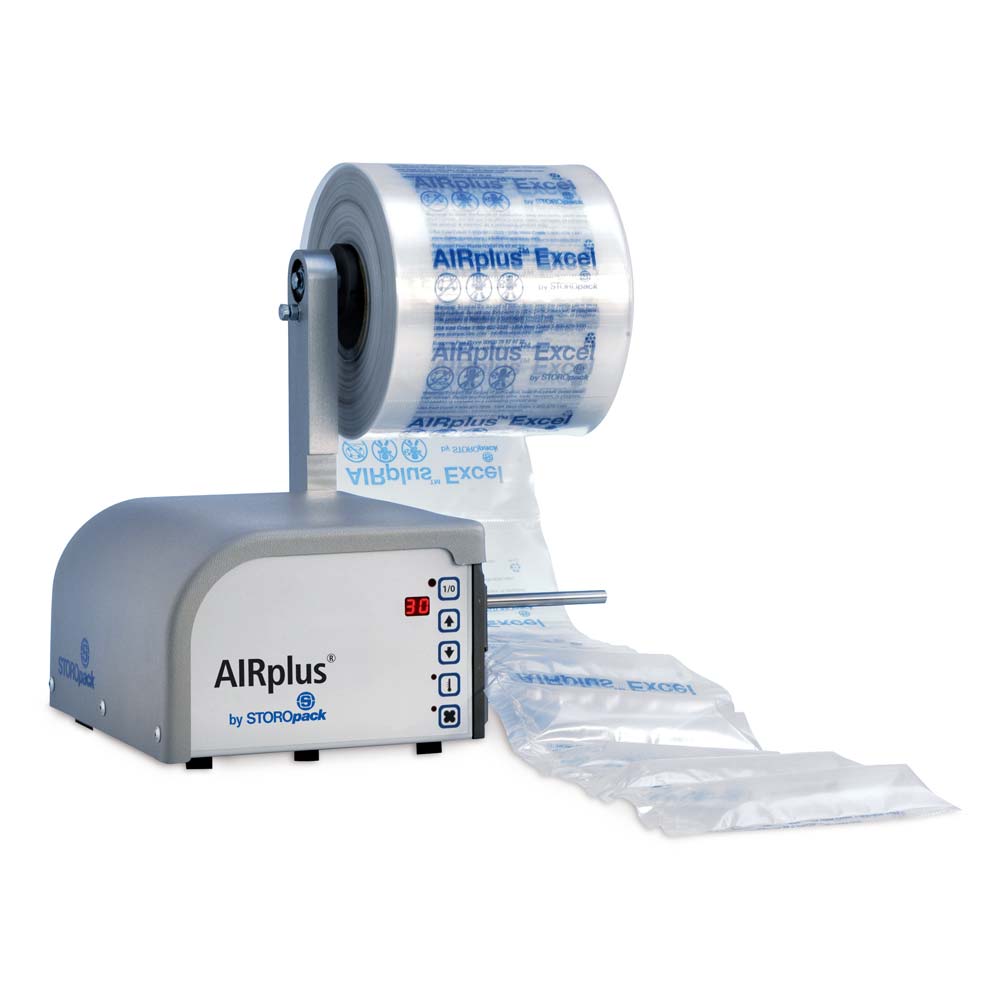 Air Pillows and Cushions:
Air Pillows and Cushions:
Air pillows and cushions are lightweight packaging materials filled with air to provide protective cushioning for items during shipping and handling. They create a barrier within packages, absorbing shocks and vibrations to prevent product movement and minimize the risk of damage. Their versatility makes them suitable for various void-filling applications.
Advantages:
- Lightweight: Air pillows are lightweight, which helps minimize the overall weight of the package, potentially reducing shipping costs.
- Versatility: They come in various sizes and shapes, making them suitable for different void spaces.
- Good Cushioning: Air pillows provide excellent cushioning, protecting items from impacts and vibrations during transit.
- Easy to Use: They can be inflated on-demand using special machines or pumps, ensuring convenience in the packaging process.
Limitations:
- Environmental Impact: Some air pillows are made from non-biodegradable materials, leading to concerns about their environmental impact.
- Limited Reusability: Once deflated, air pillows may not be reusable, leading to increased waste if not properly recycled.
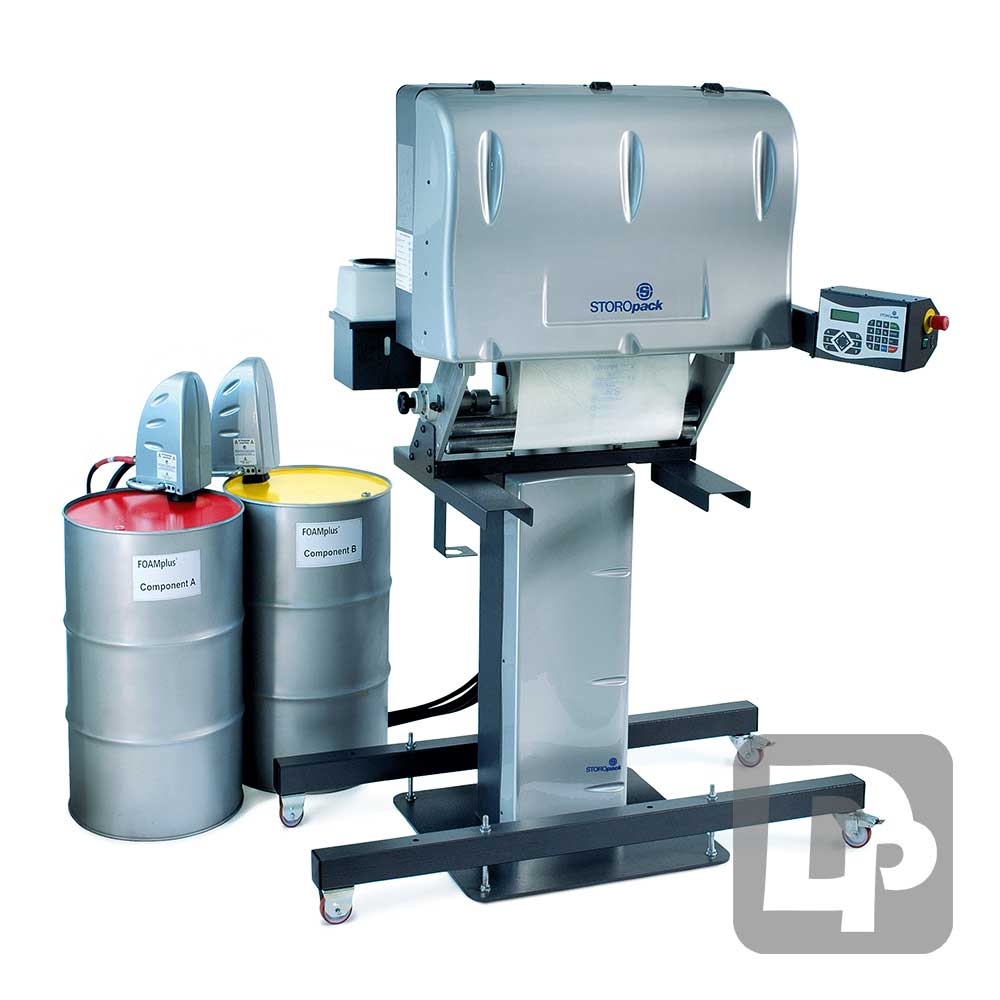 Foam Packaging:
Foam Packaging:
Foam packaging is a protective material made from various foam types, including expanded polystyrene (EPS) and polyethylene (PE). It offers excellent shock absorption and cushioning properties, making it ideal for safeguarding delicate and fragile items during transit. Foam can be customized to fit products securely, ensuring optimal protection throughout the shipping process.
Advantages:
- Superior Protection: Foam provides exceptional shock absorption, making it ideal for protecting delicate and fragile items.
- Customizable: Foam can be cut and shaped to fit specific products, ensuring a snug and secure fit.
- Reusable: Depending on the type, foam can be reused multiple times, reducing waste.
Limitations:
- Space and Storage: Foam can take up more storage space compared to other void fill materials.
- Cost: Foam packaging may be more expensive than some other void fill options.
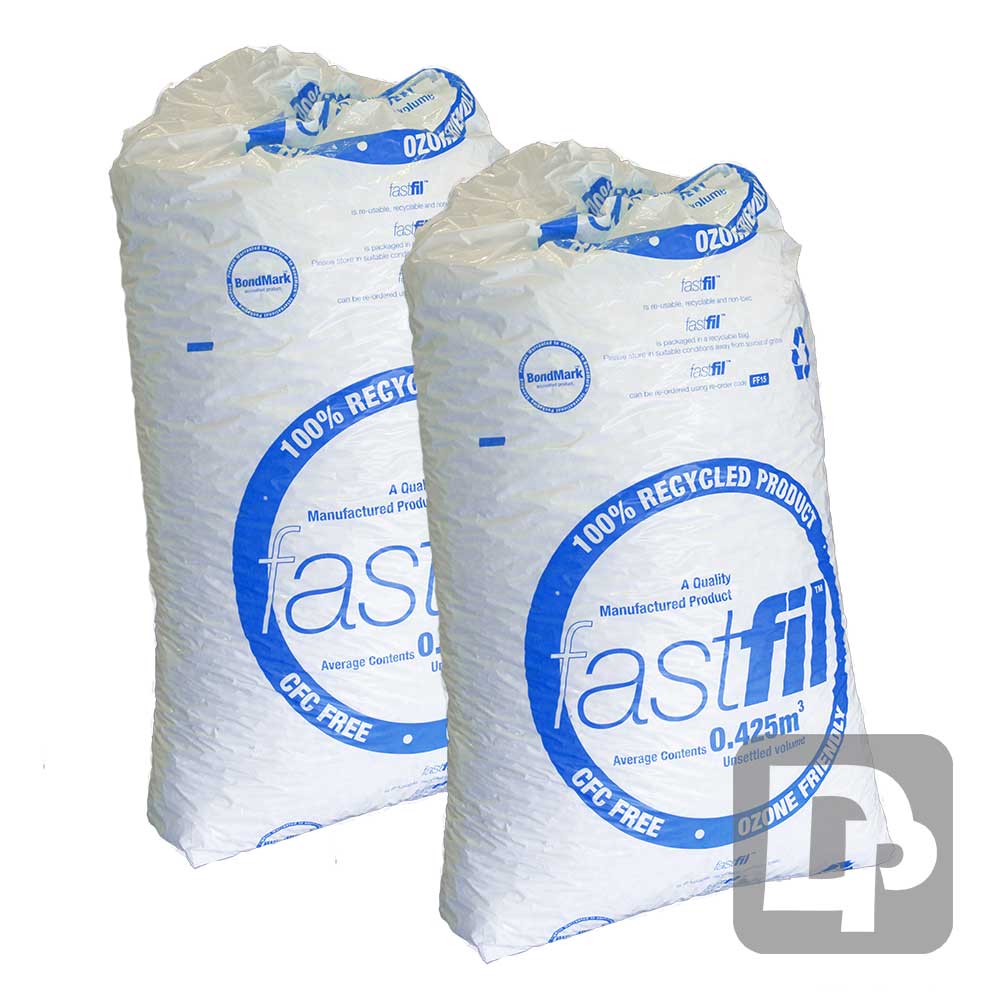 Packing Peanuts (Loose Fill):
Packing Peanuts (Loose Fill):
Loose fill, also known as packing peanuts or loose fill packaging, consists of small, lightweight, and often foam-based pieces used to fill empty spaces within shipping boxes. It conforms to the shape of products and provides cushioning, preventing items from shifting during transit. Reusable loose fill options contribute to sustainable packaging practices.
Advantages:
- Lightweight: Packing peanuts are lightweight, contributing to cost-effective shipping.
- Conformity: They conform to the shape of the product and the void space, providing good cushioning.
- Reusable: Packing peanuts can be reused multiple times, promoting sustainability.
Limitations:
- Static Electricity: Some types of packing peanuts can generate static electricity, causing them to cling to surfaces.
- Environmental Concerns: Traditional polystyrene packing peanuts are not environmentally friendly and can be challenging to recycle.
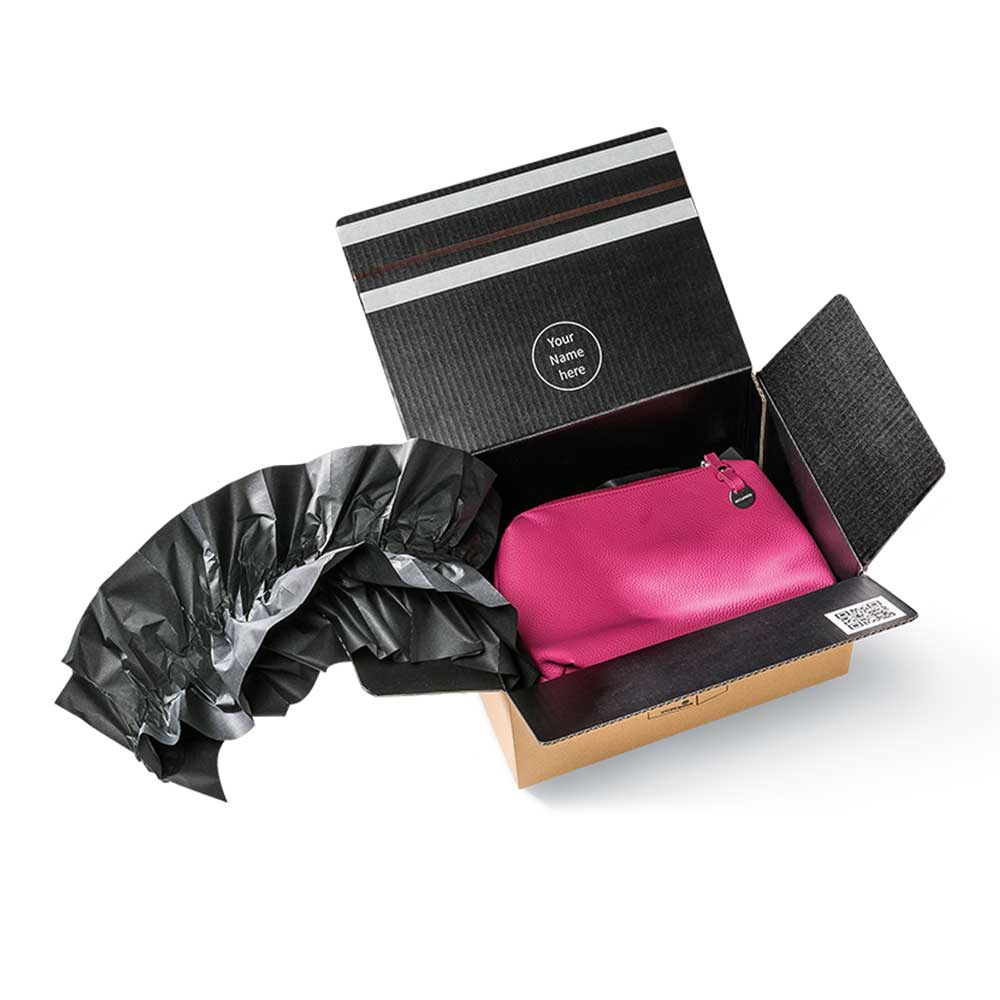 Kraft Paper:
Kraft Paper:
Kraft paper void fill is a packaging material made from recycled and biodegradable kraft paper. It is crumpled, folded, or layered to fill empty spaces in shipping boxes, providing moderate cushioning and protection during transit. This eco-friendly void fill option is customizable and promotes sustainable packaging practices.
Advantages:
- Eco-Friendly: Kraft paper is biodegradable and recyclable, making it an environmentally friendly option.
- Customizable: It can be crumpled, folded, or layered to provide a tailored fit for various products.
Limitations:
- Limited Cushioning: Kraft paper offers moderate cushioning but may not be sufficient for extremely fragile items.
- Bulky: Compared to some other materials, kraft paper may require more space in the package.
Bubble Wrap:
Bubble wrap void fill is a protective packaging material consisting of small air-filled bubbles encapsulated between layers of plastic film. It offers excellent cushioning and impact resistance, safeguarding products from damage during shipping. Its versatility and lightweight nature make it a popular choice for protecting various items, especially fragile or delicate goods.
Advantages:
- Excellent Cushioning: Bubble wrap provides excellent protection against impacts and shocks.
- Lightweight: It is lightweight, contributing to reduced shipping costs.
- Versatile: Bubble wrap comes in various sizes and formats, offering flexibility in packaging different items.
Limitations:
- Limited Reusability: Bubble wrap can lose its protective air bubbles after repeated use, reducing its cushioning effectiveness.
- Environmental Impact: Some bubble wrap is made from non-biodegradable materials, raising concerns about disposal.
It's essential to consider the specific requirements of the products being shipped, budget constraints, and environmental considerations when choosing the most suitable void fill material for your packaging needs. Striking the right balance between protection, cost efficiency, and sustainability will lead to a successful packaging solution.
Moulded Pulp Paper Inserts
Molded pulp inserts are protective packaging components made from recycled paper or cardboard fibers. They are custom-designed to fit specific products, providing a secure and cushioned environment during shipping. These eco-friendly inserts are biodegradable, recyclable, and effectively safeguard items from impacts and vibrations during transit.
Advantages:
Sustainable Packaging: Molded pulp inserts are made from recycled paper materials, making them an eco-friendly and biodegradable void fill option that aligns with sustainability goals.
Customizable Protection: They can be tailored to fit the shape and size of products, providing a snug and secure fit, which enhances protection against damage during transit.
Excellent Cushioning: Molded pulp inserts offer reliable shock absorption and cushioning, minimizing the risk of product breakage or cosmetic damage.
Lightweight: Being lightweight helps reduce shipping costs while still providing adequate protection.
Limitations:
Absorption of Moisture: Molded pulp can absorb moisture, potentially compromising the integrity of the packaging if exposed to damp environments.
Space and Storage: Molded pulp inserts can be bulky, requiring more storage space compared to certain void fill options like flat sheets of kraft paper or bubble wrap.
Manufacturing Costs: The process of creating custom molded pulp inserts can involve higher initial manufacturing costs compared to some other off-the-shelf void fill options.
Factors to Consider When Choosing Void Fill
When selecting the most suitable void fill for your packaging needs, various factors must be carefully considered to ensure optimal product protection, cost efficiency, and environmental responsibility. Here are the key factors to keep in mind when choosing void fill materials:
Product Characteristics: Assess the fragility, shape, size, and weight of the items being shipped. Fragile or irregularly shaped products may require more cushioning and a custom-fit void fill solution.
Shipping Method and Distance: The shipping method and distance play a role in determining the level of protection required. For long-distance or international shipments, void fill with superior cushioning capabilities may be necessary.
Environmental Impact: Consider the environmental implications of the void fill material. Opt for eco-friendly and recyclable options to align with sustainability goals and cater to environmentally conscious customers.
Cost Considerations: Evaluate the overall cost-effectiveness of the void fill material, considering factors like material cost, shipping cost (due to weight), labor efficiency, and potential savings from reduced product damages.
Packaging Equipment and Tools: Take into account the available packaging equipment and tools. Some void fill materials require specialized dispensing machines, while others can be applied manually.
Packaging Efficiency: Consider the ease of application and time efficiency when selecting void fill. Efficient void fill materials can streamline the packaging process, reducing labor costs and enhancing productivity.
Void Space: Measure and calculate the amount of void space within shipping boxes accurately to determine the quantity of void fill required. Minimize excess void fill to reduce waste and shipping costs.
Regulatory Compliance: For specific products, comply with shipping regulations and carrier requirements regarding the type and amount of void fill allowed.
Reusability and Recyclability: Evaluate whether the void fill material can be reused or recycled after use, reducing waste and promoting sustainability.
Brand Image and Customer Perception: Packaging plays a significant role in shaping brand perception. Choose void fill that aligns with your brand's values and demonstrates a commitment to quality and responsible packaging practices.
By carefully considering these factors, you can make informed decisions that lead to efficient, cost-effective, and environmentally conscious void fill choices. Striking the right balance between product protection and sustainable packaging will not only benefit your bottom line but also contribute to a positive customer experience and a stronger brand reputation.
Best Practices for Void Fill Application
By adhering to these best practices for void fill application, businesses can enhance the protection of their products, reduce shipping-related damages, improve customer satisfaction, and promote sustainable packaging practices. Properly applied void fill ensures that items reach their destination in excellent condition, leaving a positive impression on customers and reinforcing a brand's commitment to quality and care.
Choose the Right Void Fill Material: Select the void fill material that best suits the product's needs, considering its fragility, weight, and shipping distance. Opt for materials with superior cushioning properties for delicate items.
Properly Measure Void Space: Accurately measure the empty spaces within the shipping box to determine the right amount of void fill needed. Avoid using excessive void fill, as it can increase shipping costs and waste.
Use Customized Packaging: Employ custom-fit void fill solutions, such as molded pulp inserts or foam cut-outs, to provide a snug and secure fit for each item, minimizing movement during transit.
Uniform Distribution: Distribute the void fill material evenly within the package to ensure consistent protection on all sides of the product. Avoid leaving any gaps or uneven packing, as it can compromise product safety.
Use Adequate Cushioning: Ensure there is sufficient cushioning between the product and the outer box to absorb shocks and impacts. The void fill material should provide a protective barrier around the item.
Secure Heavy Items: For heavy products, use void fill to create a stable base and prevent them from settling at the bottom of the box. Adding void fill on top of heavy items can further protect them from damage.
Consider Double-Boxing: For extremely fragile or valuable items, consider double-boxing for added protection. Place the product in a smaller inner box with void fill and then place it inside a larger outer box with additional void fill.
Test Packaging for Adequacy: Conduct shipping tests to ensure the chosen void fill adequately protects the product during simulated transit conditions. Make any necessary adjustments based on the test results.
Train Staff: Train employees involved in packaging to follow proper void fill application techniques consistently. Standardizing the process helps maintain quality and efficiency in packaging operations.
Reuse and Recycle: Whenever possible, encourage the reuse of void fill materials for multiple shipments. If using recyclable materials, provide guidance on proper recycling practices to reduce environmental impact.
Monitor Customer Feedback: Monitor customer feedback related to packaging and shipping experiences. Address any issues promptly and make improvements based on valuable insights.
Frequently Asked Questions about Choosing the Right Void Fill:
Q: What factors should I consider when choosing the right void fill material?
A: When selecting void fill, consider product characteristics (fragility, size, and weight), shipping method and distance, environmental impact, cost, packaging equipment, and regulatory compliance.
Q: What are some eco-friendly void fill options?
A: Eco-friendly void fill materials include kraft paper, biodegradable air pillows, molded pulp inserts, and compostable packing peanuts made from cornstarch.
Q: How do I determine the right amount of void fill to use?
A: Accurately measure the empty spaces within the shipping box and select a void fill material that fills the void adequately without overpacking. Perform shipping tests to ensure proper protection.
Q: Can I reuse void fill materials?
A: Some void fill materials, such as packing peanuts and air pillows, can be reused if they remain intact and clean after use. Reusing void fill promotes sustainability and reduces waste.
Q: What is the best void fill for heavy items?
A: For heavy items, opt for void fill materials with excellent cushioning properties, such as foam packaging or air cushions, to absorb impacts and provide reliable protection.
Q: Are all void fill materials recyclable?
A: Not all void fill materials are recyclable. Choose materials labeled as recyclable or biodegradable to minimize environmental impact and support sustainable packaging practices.
Q: How do I comply with shipping regulations regarding void fill?
A: Check with shipping carriers for specific guidelines on void fill materials allowed for different types of products, especially for hazardous or fragile items.
Q: Can I use different void fill materials together?
A: Yes, combining different void fill materials can be effective for providing customized protection for unique product combinations. However, ensure compatibility and proper distribution.
Q: How can I optimize void fill application for cost efficiency?
A: Efficiently measure void space, use cost-effective void fill options, and standardize packaging processes to reduce labor costs and minimize excess material usage.
Q: How does void fill impact customer satisfaction?
A: Properly chosen void fill ensures items arrive intact and undamaged, positively influencing the customer's experience and perception of your brand's commitment to quality packaging.
Remember that each packaging scenario is unique, and selecting the right void fill material requires careful consideration of the specific product and shipping requirements. When in doubt, consult packaging experts or suppliers for personalized recommendations.
Conclusion
In conclusion, choosing the right void fill material is a critical aspect of effective packaging and shipping practices. By considering product characteristics, shipping requirements, environmental impact, cost efficiency, and customer satisfaction, businesses can make informed decisions that optimize product protection and minimize environmental impact. Sustainable void fill options, such as kraft paper, biodegradable air pillows, and molded pulp inserts, offer eco-friendly solutions for conscientious packaging. Moreover, implementing best practices in void fill application, such as proper measurement, customized packaging, and staff training, ensures consistent and reliable protection for shipped items. Striving for the perfect balance between protection, sustainability, and cost effectiveness, companies can enhance their packaging practices, reinforce their brand image, and ultimately provide customers with exceptional shipping experiences. Embracing these insights and recommendations, we can pave the way for a more responsible, efficient, and customer-centric approach to void fill selection and application in the ever-evolving world of packaging and shipping.
